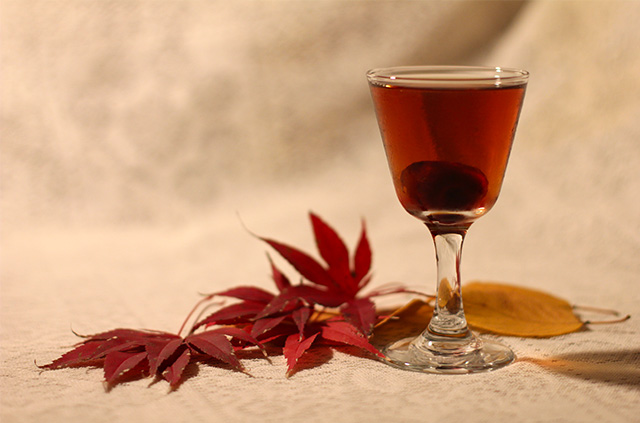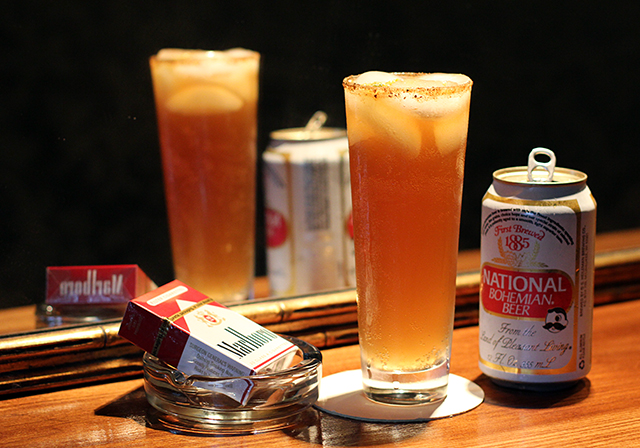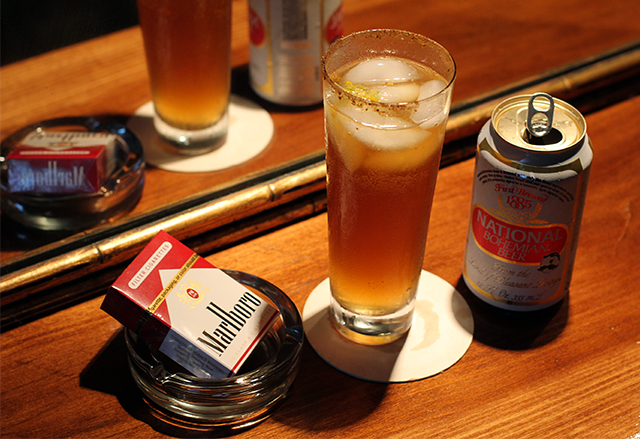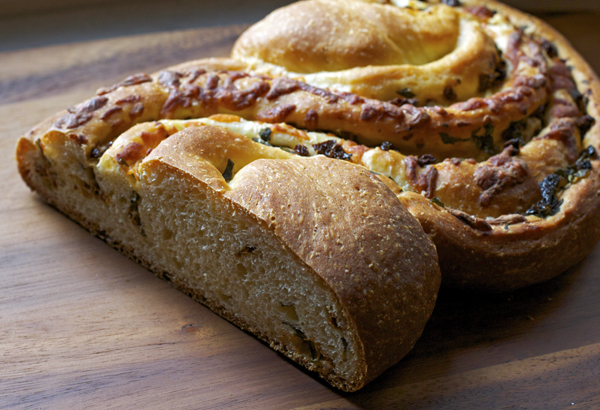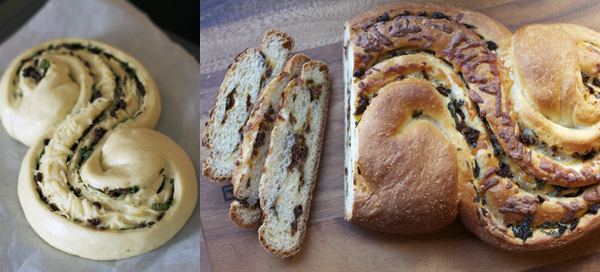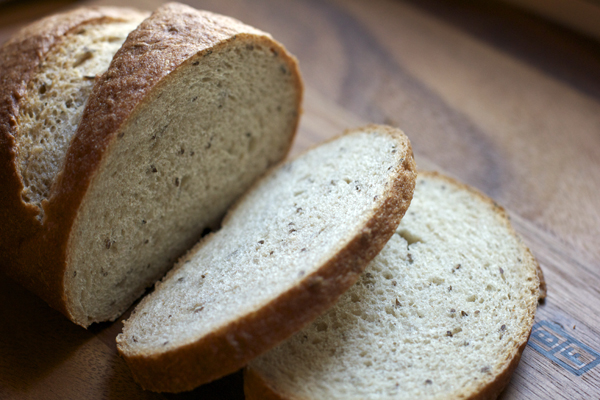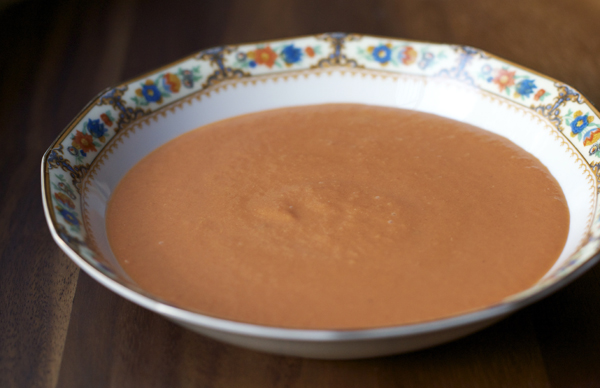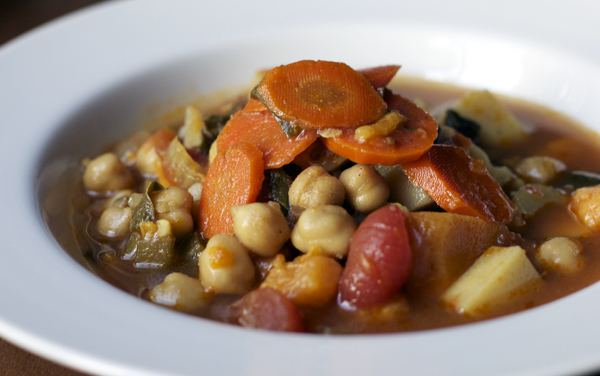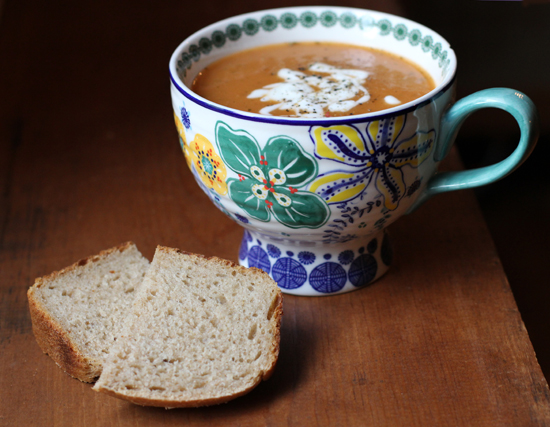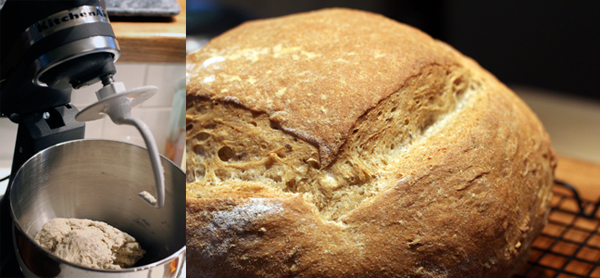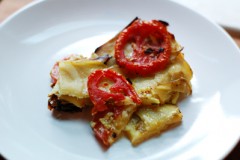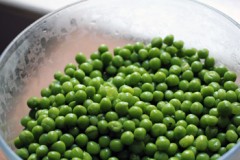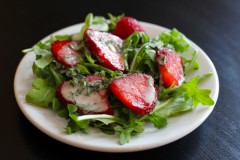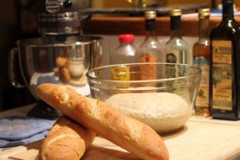Crisp temperatures required that I actually dig proper shoes out of the closet before hitting the farmer’s market this weekend. Suddenly sweet potatoes and squash sounded appetizing. Weird how nature works like that. Summer, it seems, is saying her farewells.
When I got my weekly produce haul home and out on the counter, I spent fifteen minutes dreaming up multiple, complex culinary projects that would suit a blog post here before I stumbled on Yotam Ottlenghi’s recipe for Broiled Vegetable Soup and realized I had the exact combination of veggies needed for this single, elegantly simple dish. It was irresistible. Some people play sudoku; I get a little jolt of dopamine when I read through an ingredient list and realize I have just enough of this and that and that other thing to make it work out perfectly.
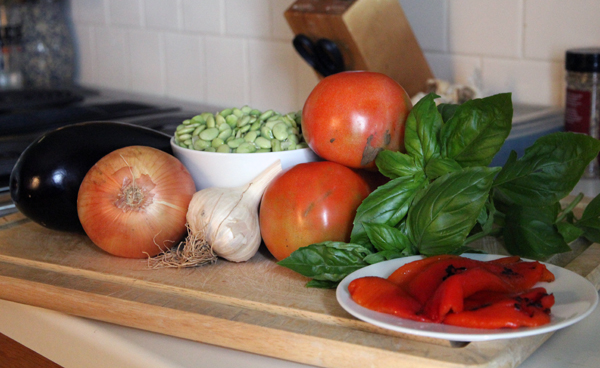
Aside: the eggplant is a vegetable that I want to love unreservedly, but that I frequently despise because I have cooked it poorly. No more! When prepping it for soups and spreads, the “hour under the broiler” method Ottlenghi suggests will be my new go-to. Doing so chars the outside to a crisp so that you then literally crack it open to scoop out the beautifully cooked meat inside.
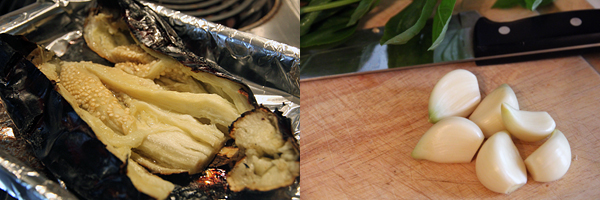
Okay, back to the soup. While I said I had just enough of everything, my available ratio of nightshades definitely favored the tomato, so unsurprisingly my soup led with that on the palate. Still, the rich and smokey eggplant on the base and the fresh basil on the top notes make this soup a stand out. My real coup here, however, was that I had scored a bag of fresh lima beans, so no canned mush in my ladle. The resulting bowl was a perfect match to the season.
You cannot (or at least I certainly will not) have soup without bread, however, and I had just seen a recipe I wanted to try out that used left over dill pickle juice as part of the liquid. You might have noticed that I’ve been making a few pickles here and there this summer, so I have spare dill-spiked brine all over the place. It seemed a similar-enough thing when I started, but I began to change my mind as I worked. I think the sweet, less vinegar-y commercial dill pickle juice that was suggested in the recipe would have suited this project fantastically, but my homemade pickling leftovers were a little too pungent. Still, it got me out of my rye bread rut, so all was not lost. And it makes great toast!
Broiled Vegetable Soup
From Plenty by Yotam Ottlenghi
by Yotam Ottlenghi
3 medium eggplants
2 red bell peppers, stems and seeds removed (I used 2 roasted red peppers out of jar on hand)
3 medium tomatoes
2 red onions, diced
2 T olive oil
3/4 basil leaves, torn
2 oregano springs, leaves only
10 garlic cloves
1 qt vegetable stock (I had less eggplant and only ended up needing 3 cups to get a good consistency soup)
salt and pepper
4 cups cooked lima beans (fresh, if you have them)
yogurt or lemon to garnish
The best part of this recipe is the taste that the broiling of the vegetables gets out of them (or at least that’s what Ottlenghi writes and, after sampling, I would have to agree). Set the broiler on high. Prick the eggplant a few times with a fork and place in a foil-lined pan. Broil for 30 minutes.
At the 30 minute mark, turn the eggplant over with tongs and add the 2 peppers to the pan. Broil for 15 more minutes, turning the peppers half way through.
Place the tomatoes in a second foil-lined pan and at the 45 minute mark, add them to the oven on a rack beneath the already broiling vegetables. Broil for an additional 15 minutes, and then remove all vegetables from the oven, wrapping the peppers in foil. Once the peppers are cool enough to handle, peel them and roughly chop. Scoop out the flesh of the eggplant, leaving the charred skin behind.
In a stock pot , saute the onion in the olive oil on low for 20 minutes, until soft and golden (I started this when I put my tomatoes in the oven and the timing worked out well). To this pot then add the scooped eggplant, tomatoes, peppers, garlic, stock, oregano, half the basil, salt and peppers and simmer for 15 minutes. Blend until smooth and add cooked lima beans, reheating as needed. Adjust seasoning to taste and serve topped with yogurt or lemon and the remaining basil leaves. A slice of freshly baked bread on the side won’t do you wrong, either.


